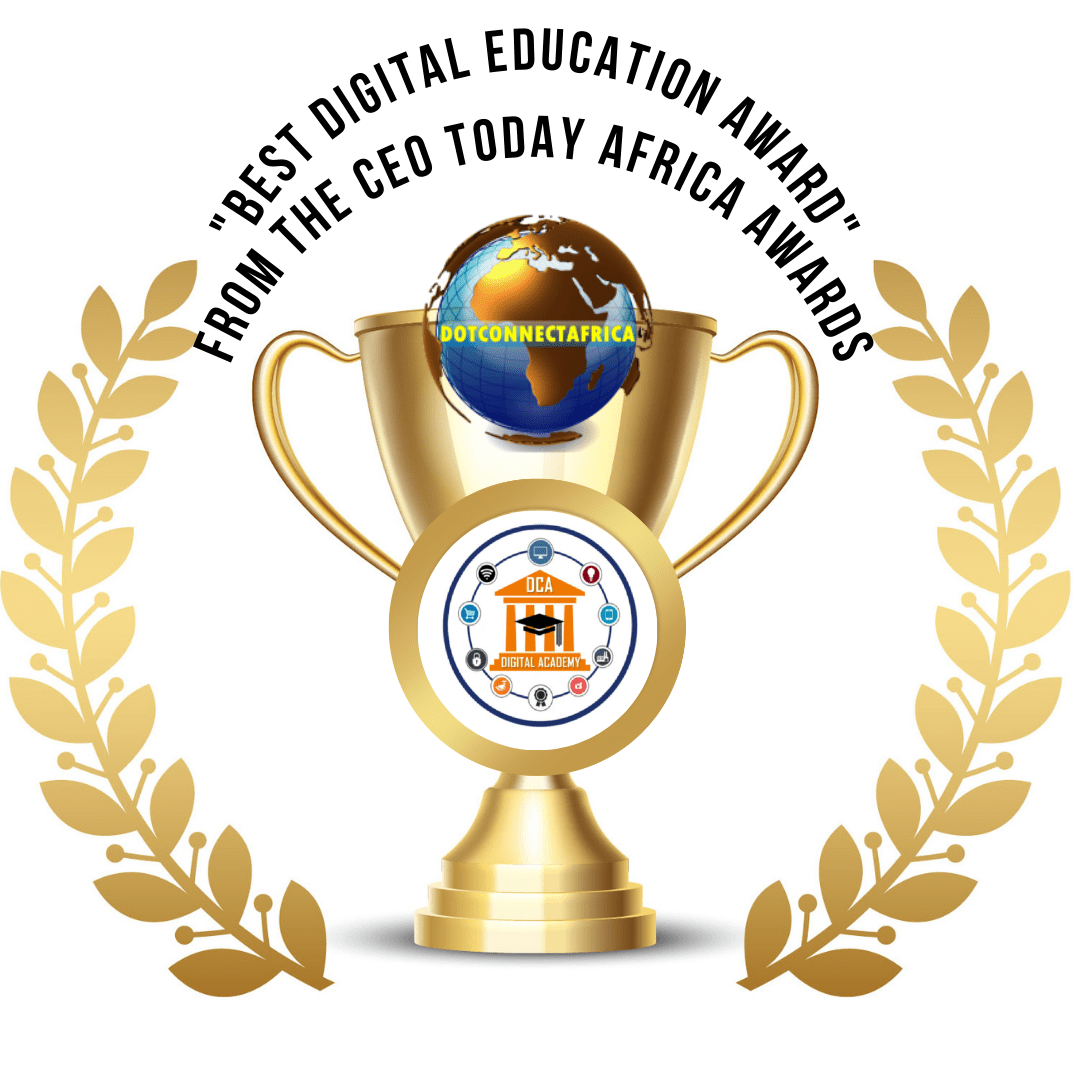Web3++ is a broader digital architecture that encompasses a suite of decentralized technologies aimed at reshaping how value, data, and digital identity are exchanged online. It shifts the internet from a model dependent on centralized intermediaries to one that is trustless, peer-to-peer, and user-owned. This new paradigm enables users to read, write, and own content and assets directly—forming the basis of what is often referred to as the “internet of value and trust.”
Web3 technologies use decentralized infrastructure to support transparent, secure, and programmable interactions across networks. These technologies include blockchain networks (which serve as distributed ledgers), smart contracts (which automate logic and agreements), decentralized identity systems, tokenization frameworks, decentralized storage, and governance models such as DAOs. Together, these components create a more resilient, interoperable, and user-empowered internet.
Web3++ is the foundation of the “internet of value,” and enables direct recording of ownership, identity, and digital interactions—without relying on a centrally coordinating authority. “Value” in this context refers to any digital asset or verified information, such as money, securities, land titles, digital art, credentials, or personal health data. Ownership is provable, transferable, and enforceable through cryptographic protocols built into the Web3 stack.
Web3++ could significantly transform the global financial landscape—making it more efficient, inclusive, and transparent. It holds the potential to address long-standing inefficiencies in areas like remittances, cross-border payments, and access to finance, particularly for populations underserved by traditional banking systems. It may also redefine the roles of traditional financial institutions, regulators, and service providers.
The broader impact of Web3++ is not limited to finance. It can reshape sectors such as digital identity management, education credentials, creative economies, government records, and clean energy systems. In many cases, its initial applications will target processes that remain manual, opaque, or siloed—such as reference data management, trade documentation, licensing, or tracking the provenance of goods and services.
Because this technology is still in its early stages, global institutions have yet to issue standardized guidance for its use. Nevertheless, international dialogues are ongoing, involving regulators, governments, technologists, and civil society. There is an opportunity to shape the future of Web3++—and waiting for perfect maturity could mean missing out on the chance to influence its design, ethics, and inclusion from the start.
Unlocking the potential of Web3++ will require real-world experimentation, collaborative standards-setting, and resolution of critical issues including consumer protection, digital sovereignty, transaction speed, environmental impact, legal interoperability, and open governance. Its evolution will likely be gradual, but its influence may become foundational in how digital systems operate, interact, and serve communities worldwide.
Eventually, Web3++ could contribute to reducing remittance costs, expanding economic opportunities for unbanked populations, and enabling secure, sovereign participation in the global digital economy—especially in regions where centralized digital infrastructure has yet to deliver equitable outcomes.


